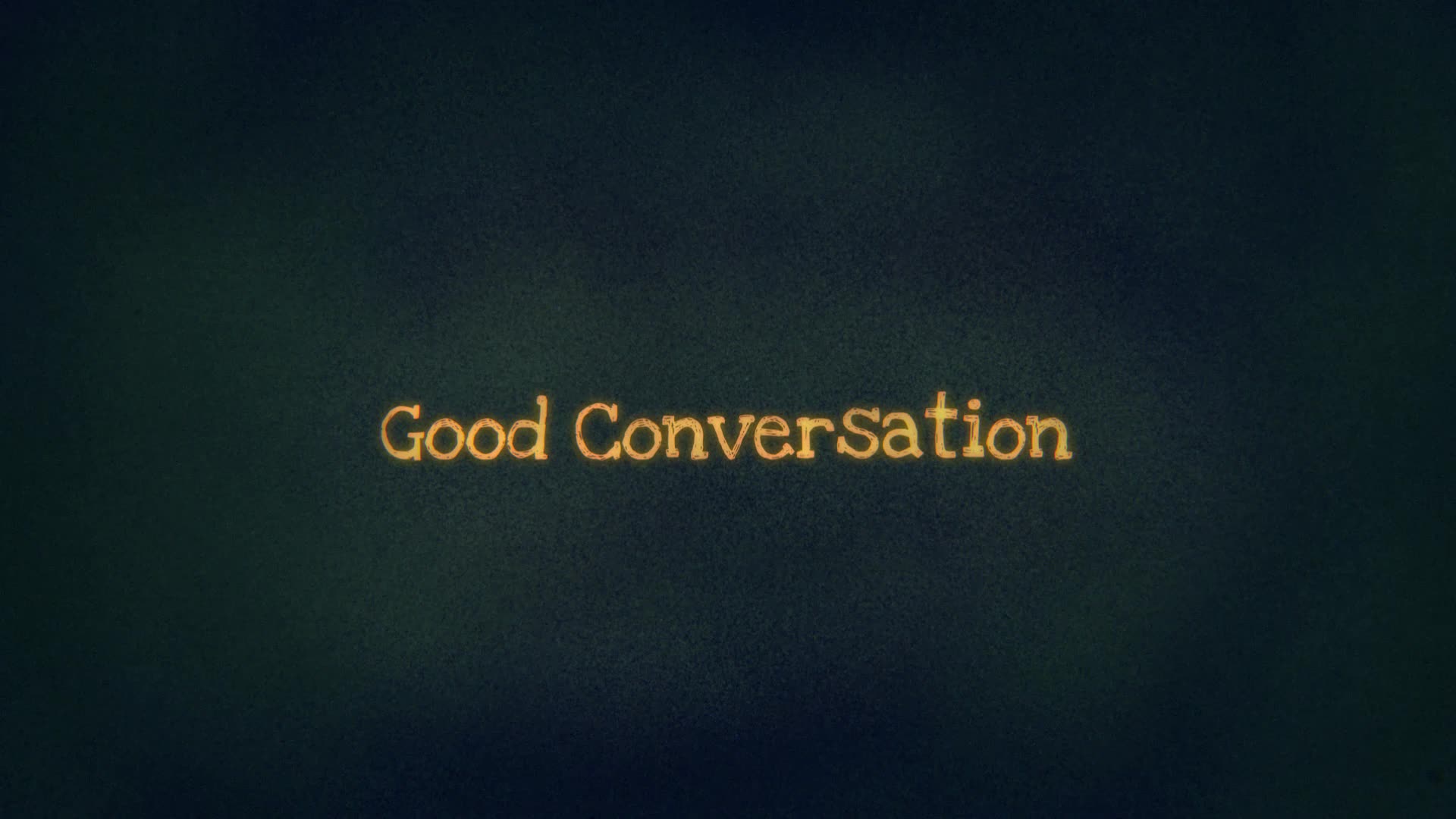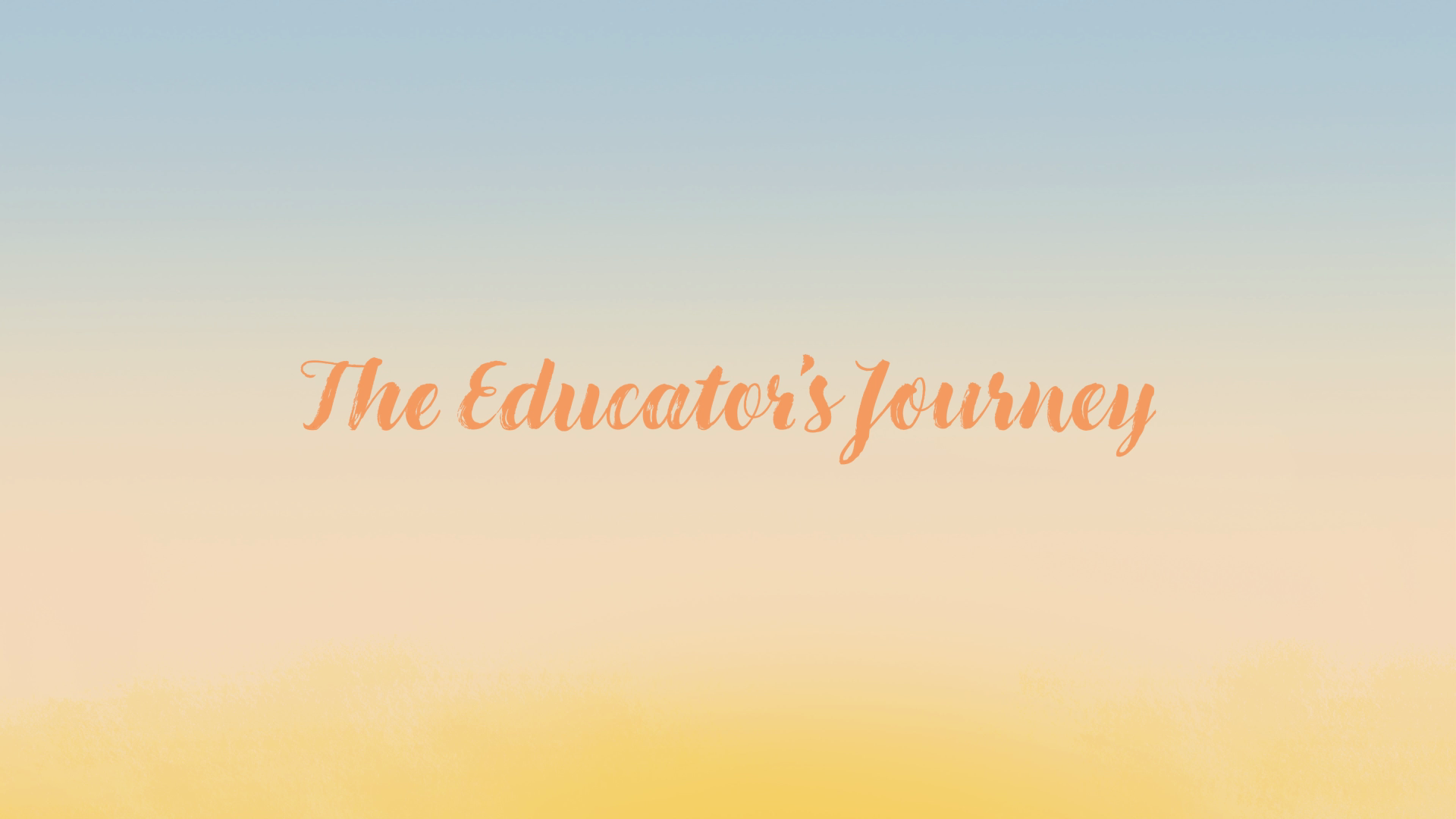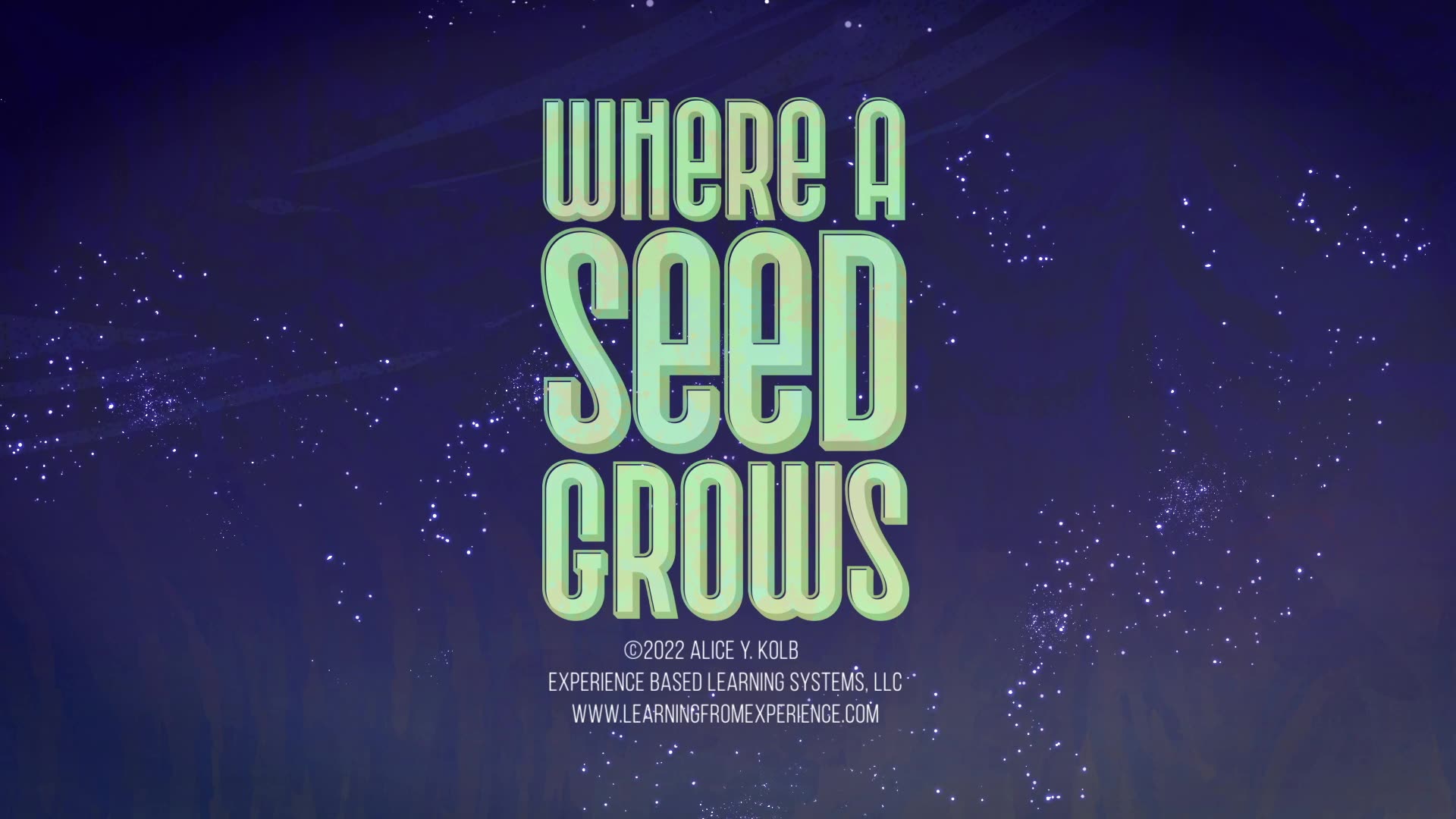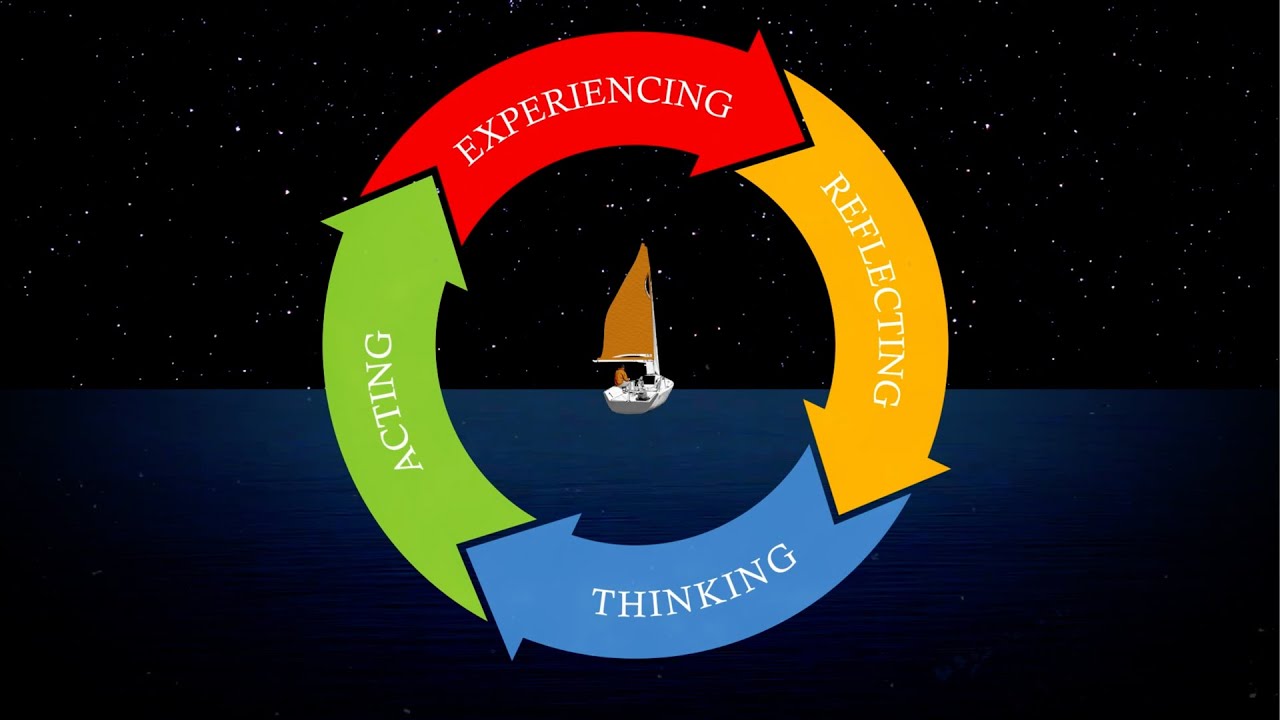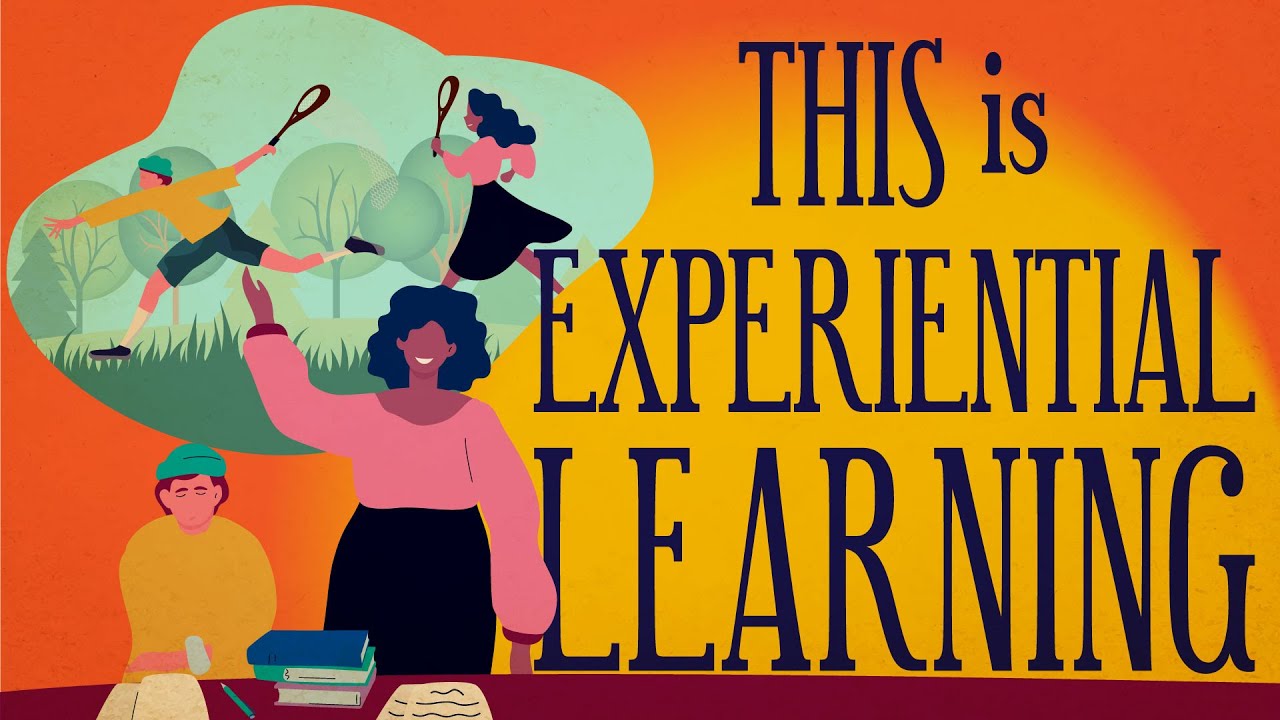8 Things to Know About the Experiential Learning Cycle
The Kolb Experiential Learning Cycle is the most widely recognized and used concept in Experiential Learning Theory (ELT). The simplicity and usefulness of the four-stage cycle of experiencing, reflecting, thinking and acting is the main reason for its popularity. It is an adaptable template for educational programs that actively engage learners in in the learning process.
Parts 1 through 8
Additionally you may reference or view each of the eight-parts from our video individually:
Part 1.
Learning is an endless recurring cycle not a linear process
The learning cycle is an endlessly recurring process of exchange between the learner’s internal world and the external environment. Learning is like breathing; a lifelong process of taking in and putting out.
Part 2.
Experiencing is necessary for learning
The experiencing mode of the learning cycle has particular significance for learning. All modes of learning cycle are experiences, but it is here-and-now experiencing that initiates learning.
Part 3.
The brain is built for experiential learning
According to James Zull, knowledge resides in network of neurons in the neo-cortex constructed through learning from experience. Learning from experience results in modification, growth, and pruning of neurons, synopses and neuronal networks. Learning physically changes the brain and educating is the art of changing the brain.
Part 4.
The dialectic poles of the learning cycle are what motivates learning
What makes the learning cycle go? What motivates us to learn? The answers to these questions lie in the dialectic poles of opposing modes of the learning cycle. Experiencing and thinking are two fundamentally different way of understanding experience. Reflecting and acting are similarly opposing ways of transforming this understanding. These opposing dialectic poles give us a ‘stereo’ perspective that motivates learning.
Part 5.
Learning styles are different ways of going around the learning cycle
Learning style is another popular concept in Experiential Learning Theory. It is important because it emphasizes that individuals learn in different ways and the educators can better facilitate their students’ learning if they understand the unique way they learn. It is important to emphasize that ELT learning style is not a static trait. It is a dynamic state in the learning cycle process.
Part 6.
Full cycle learning increases learning flexibility and development
When one engages all learning styles in their learning process, they are using the most powerful form of learning that we call full cycle learning. Full cycle learning is the ability to engage all of the learning style types in a holistic and fluid manner in a given situation.
Part 7.
Teaching around the learning cycle with dynamic matching of teaching role
We created the Kolb Educator Role Profile to assist educators in the application of ELT concepts of the learning cycle and learning styles in the dynamic matching model of teaching around the learning cycle.
Part 8.
The learning cycle can be a rubric for holistic, authentic assessment
The multidimensional teaching and learning strategies of experiential learning require equally diverse and complex assessment methods that adequately and fairly evaluate student’s holistic learning and development. Assessment becomes holistic when the focus is on all four of the learning modes of the learning cycle.

